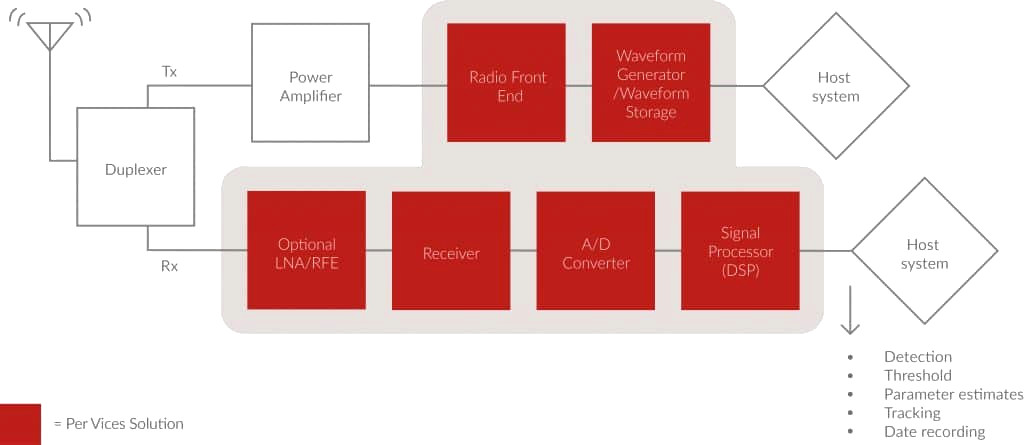Per Vices Radar Platforms
Interface systems, custom designs, and full integration support available
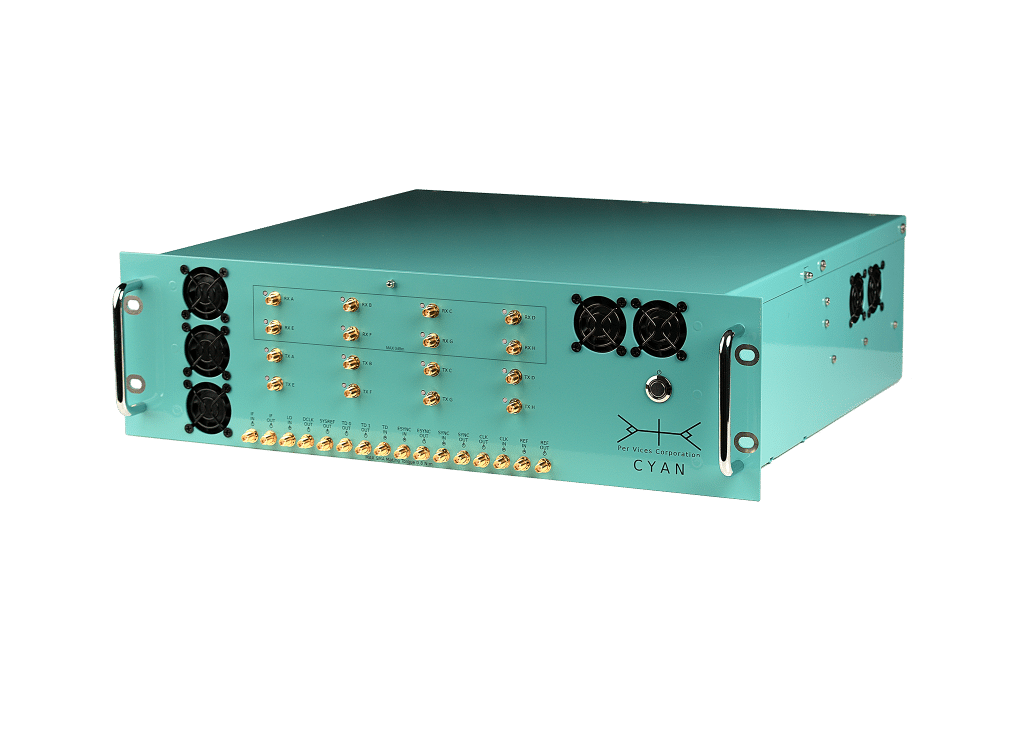
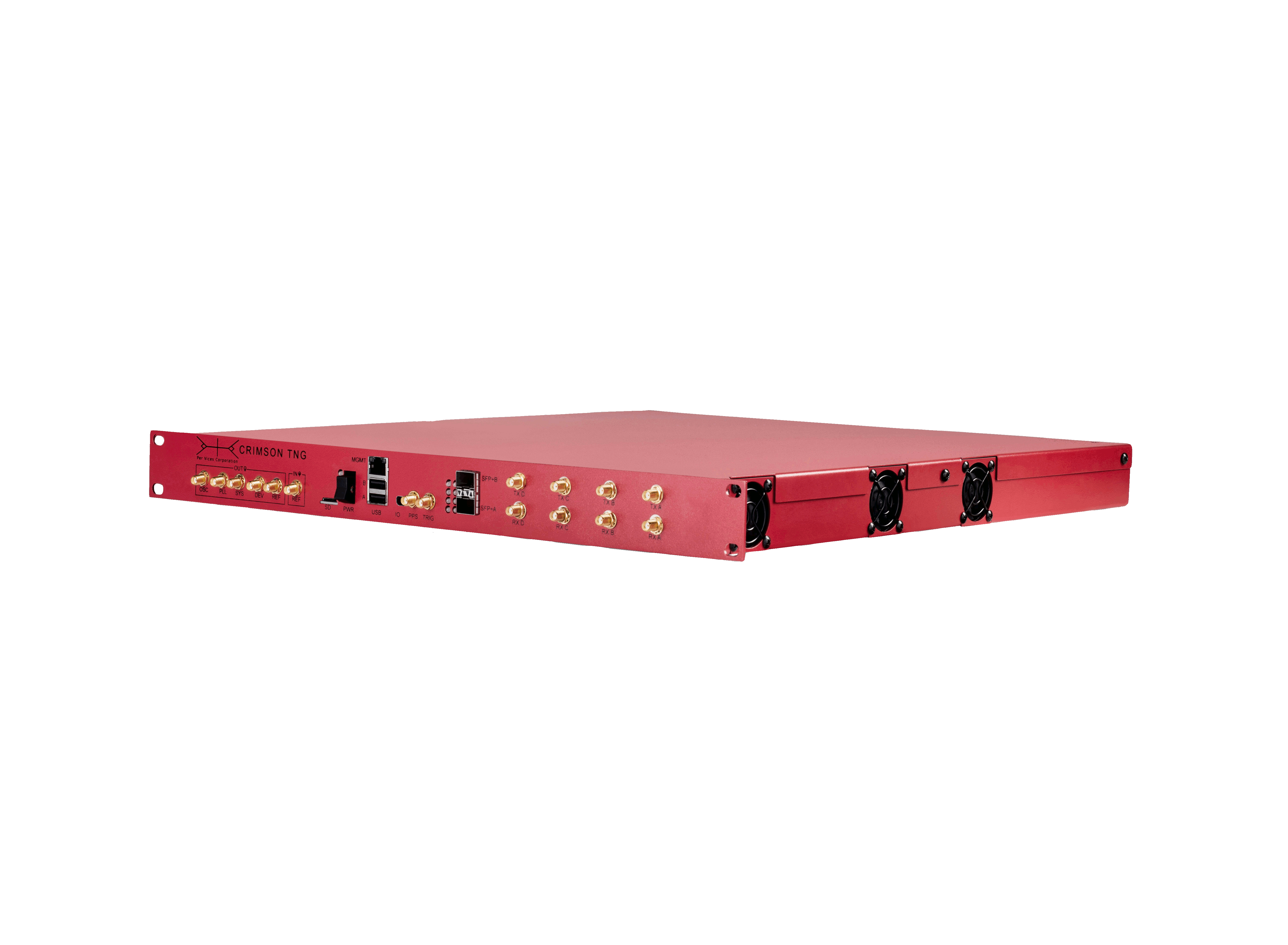
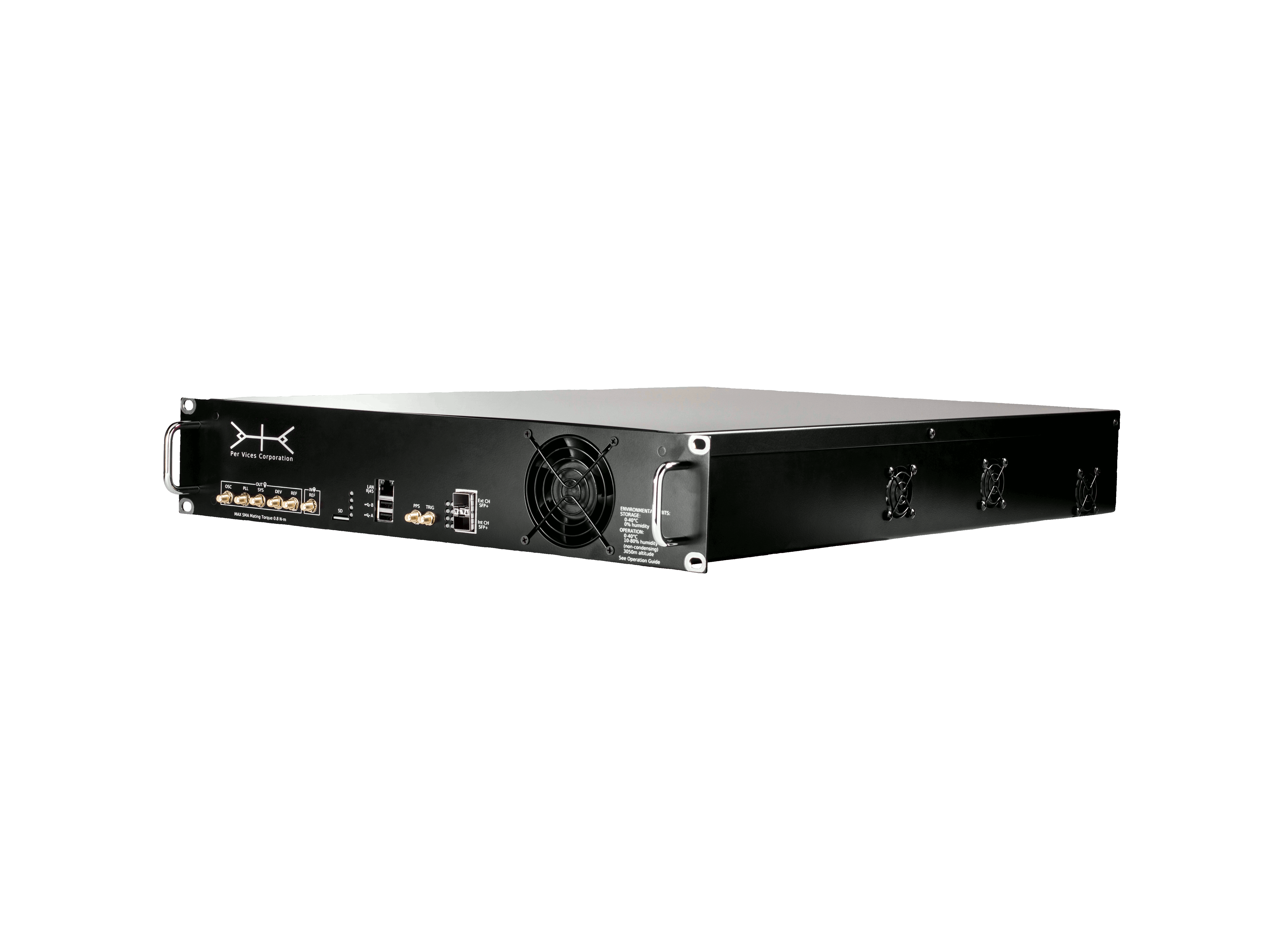
high performance and reliable RF solutions
that power the world’s leading mission-critical radar systems.
Designed around a multi-functional and versatile platform, our software defined radio (SDR) systems are configurable for multiple RF applications. Field tested and fully integrated, these platforms can be used for a variety of radar applications, including land, sea, and sky.
Offering the highest bandwidth while operating over a wide band, Per Vices’ SDR platforms can also be optimized for detection, analysis, and simulation applications.
These systems have been integrated in prime defense contractors’ solutions and provide multiple configurations and customizations to meet any project requirement.
Crimson TNG, Chestnut & Cyan can be configured for any system through:
- Optimization for particular radar band
- MIMO operation with excellent phase coherency and stability
- Adjustable RF bandwidth
- Low noise figure
- High IIP3
Documentation
Applications
- Primary & Secondary Radar
- General Pulse Radar
- Maximum Range Resolution Radar
- Pulse Compression Radar
- CW Radar/FM-CW Radar
- Synthetic Aperture Radar (SAR)
- Inverse Synthetic Aperture Radar (ISAR)
- Tracking Radar
- Weather Observation Radar
- Imaging Radar
- Military Radar
Features
- Signal Processing
- Waveform digitizer with storage and triggering
- Custom radio front ends
- High RF performance for low noise figure, high sensitivity, isolation, dynamic range and IIP3
- Provides reference clock or can accept external reference
- Digitally controlled attenuation
Crimson TNG
- 4 Rx and 4 Tx RF channels
- Over 1200 MHz RF bandwidth in total
- Operating frequency DC to 6GHz
- Dual 10 Gbps SFP+ ports
- Intel Arria V ST FPGA SoC
- Compact form factor (1U rackmount)
Chestnut
- 4 Rx and 4 Tx channels
- 500 MHz RF bandwidth per channel
- Operating frequency DC to 9 GHz
- Dual 100 Gbps qSFP+ ports
- Intel Arria 10 FPGA SoC
- Compact form factor (2U rackmount)
Cyan
- Up to 16 RF channels
- Over 1 GHz RF bandwidth per channel
- Operating frequency DC to 18 GHz
- Quad 40 Gbps qSFP+ ports
- Intel Stratix 10 FPGA SoC
- Compact form factor (3U rackmount)
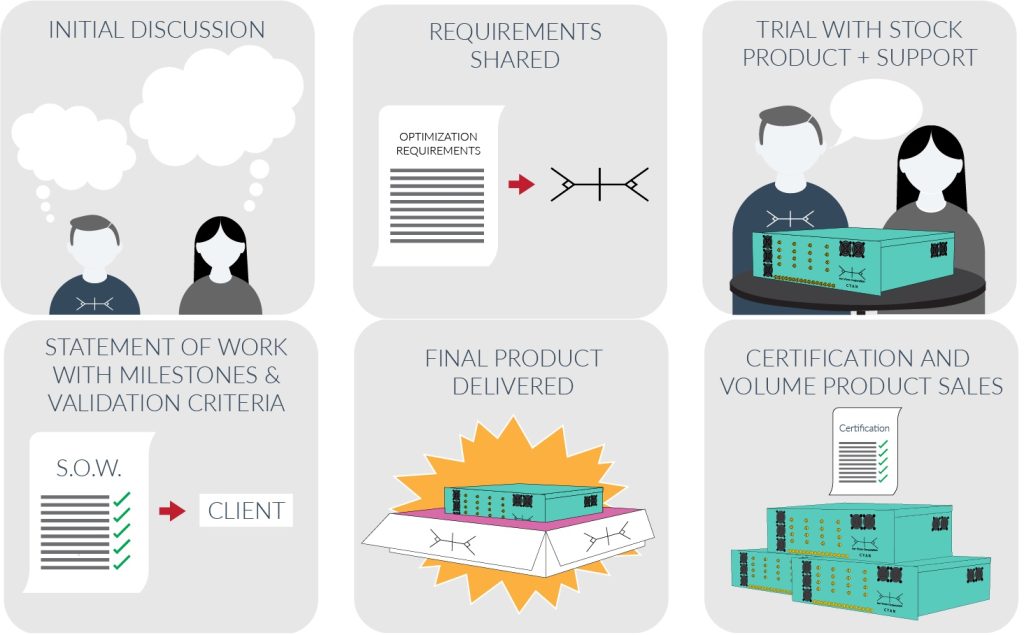
Integration
- Multiple-input multiple-output (MIMO)
- Sample rates and bandwidths
- Phase coherency & stability
- Sensitivity
- Spurious free dynamic range (SFDR)
- Filtering
- Operating frequency for L-Band Radar, S-Band Radar, X- , Ka- and Ku- Band Radars, and more
- Custom FPGA development
- Size, weight, and power (SWaP)
To modify our Crimson TNG SDR platform to meet the radio, waveform storage, waveform generation, and interface requirements associated with replacing legacy equipment in a primary surveillance radar.
These requirements resulted in Per Vices coming up with a new hardware design that could be manufactured in a cost effective manner to be used with our existing hardware and IP to help reduce overall costs. The final challenge associated with the project was the strict interfacing requirements associated with integration that needed to be met while balancing the digital resources made available by the hardware. This challenge resulted in the need to modify the firmware and software to make integration as easy as possible while accommodating the digital resource requirements for waveform storage and triggering.
The final solution consisted of a combination of existing and new hardware to meet all of the requirements in a cost effective manner. By re-using our existing design and IP, we were able to save a tremendous amount of development time and costs. The final solution resulted in the modification of two parts of our stock products; hardware and firmware.
From a hardware perspective we needed to undertake activities for designing a new circuit board to interface with our existing receive and transmit radio boards. This additional hardware was necessary to meet the performance figures the customer required associated with:
- noise figure
- sensitivity
- attenuation
- dynamic range
- isolation
- gain flatness
- IIP3
- out of band signal rejection
- phase and amplitude stability
As part of the work, we designed a suitable architecture, ran simulations to validate performance, performed the necessary engineering activities for designing, and manufactured the new board.
In addition to meeting the performance figures above, we also provided various bypasses for test cases and a new mechanical design to accommodate the additional circuit board while meeting size weight and power requirements. The end hardware solution met all requirements while offering high reliability and the ability to be easily serviced.
As part of the project we needed to modify our stock firmware to include a number of features including:
- external triggering
- storage of waveform data
- custom messaging
In addition to these additional features, we also needed to modify our product to easily interface with existing legacy equipment following a specific set of criteria associated with data formats and protocols. This entailed the thorough review and implementation of an interface and control document to ensure that each use case and corner case were addressed.
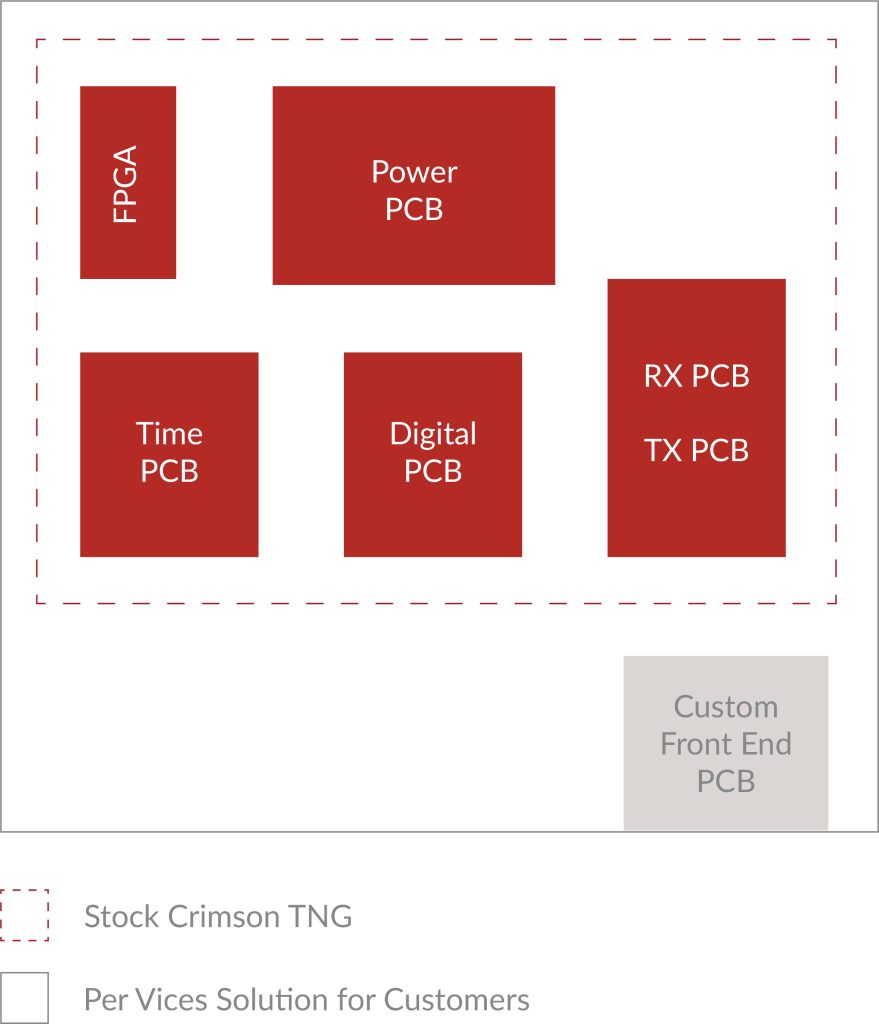
The customer first worked with one of our stock products to evaluate performance and we worked together to determine the changes to performance that were required to meet the project objectives. After all NDAs were put in place, we had discussions with the customer about their specific requirements in a very timely manner.
We entered into a proof of concept contract to make minor changes to our clocking architecture to demonstrate our ability to meet customer requirements in a timely manner and within budget. Following the evaluation contract we entered into a full integration contract in which we designed the new circuit board, new mechanical enclosure, and performed the necessary changes to the firmware to meet the interface requirements. The activities that took place were broken out into hardware related and firmware/software related activities.
- Designed a new front end board to be used in line with our existing receive and transmit radio chains
- Simulated performance based on component selection that would meet the customer requirements
- Worked closely with our supply chain to ensure components selected were not nearing EOL, and ensured full traceability on all components used
- Managed the manufacturing activities associated with the custom circuit board
- Completed a new mechanical design to accommodate customer’s physical requirements and locations of inputs and outputs
- Integrated the new hardware and firmware together
- Performed all testing and validation of the new design
- Provided progress reports on a regular basis to communicate the status of the project
- Shipped to customer with on site support for initial setup and operation
- Made all changes required to meet the interface requirements and expected data formats
- Updated the FPGA design to accommodate the storage and triggering of different waveforms that the customer provided Provided a full test suite for the customer to validate performance in both a test mode and in a production mode
- Modified the overall design to deliver an easy way for the customer to integrate into their full radar system
The customer was evaluating different options but ultimately chose Per Vices as the preferred designer and manufacturer for this project. This decision was made due to the following major factors:
- Availability of COTS product that already met 80-85% of the system requirements
- Low cost of development and unit costs to ensure the customer end solution would be very competitive
- Fast and effective communication between both parties’ engineering teams
- Performance associated with a fully integrated solution that could interface with ease with the legacy equipment
- Reduction in supply chain complexity by having only one supplier as opposed to 100s
Although there were 5 major factors that led to the customer selecting Per Vices, there were also many other reasons why we were selected:
• Flexibility of the product: the flexibility inherent to software defined radios allowed this customer to adjust the bandwidth, tuning frequency, and overall radio chain configuration to test performance of the stock product. This also reduced the risk of making any modifications since the stock product helped demonstrate fundamental concepts that were applied for fine tuning to meet the customer requirements
• Path for reducing risk further: in addition to the flexibility of the product, we also worked with the customer to reduce risk by continuously providing small developments to demonstrate the next step in the proof of concept (POC); allowing the customer to become familiar with working with our company. This ultimately led to full confidence in our ability to hit the requirements on time and within the quoted budget.
• Quick responses and communication: not only during the initial conversations did we provide clear, concise, and quick responses to the questions asked but we provided regular updates throughout the course of each project. In addition, we were transparent on the pricing, expectations, time lines, and milestones which were communicated through a formal statement of work.
• Performance: our products offer the best performance in their class and the initial product for this project was no exception. It was of course necessary to make some small adjustments to meet the customers project requirements and specifications, but through those changes we were able to deliver a product that delivered superior performance compared to other available solutions.
• Ease of integration: through the modifications made to the mechanical interfaces and data formats/software interfaces, the end product integrated seamlessly into the customer’s final system. This enabled our product to interface with both new equipment and legacy systems as part of life extension programs requested by the customer.
• Lower costs and faster time to market: we were able to save a considerable amount of development time and costs by starting with our stock products as a base and only needing to design one additional aspect to meet the system requirements. The re-use of existing IP and stock products also allowed for a lower unit cost as the customer was able to benefit from our economies of scale.
• Reduction in supply chain complexity: acting as a single vendor of a system that replaced hundreds of components, the customer saved a considerable amount of time and logistical complexity by only needing to order and source the components through a single vendor: us. We further reduced complexity by ensuring all goods are manufactured in Canada and with features that ensure it is not a controlled good, thus not being restricted in our ability to export to the customer.
Articles

Software Defined Radio (SDR) Makes Integrating Radar Easier
Microwave Product Digest
2021-09-21
A SDR system consists of a radio front-end that handles analog signals and a digital back-end that operates on digital signals. The radio front-end performs signal transmit (Tx) and receive (Rx) functions and is engineered to operate over a wide tuning range, with the high performing SDRs.....
(Read more)

Software Defined Radio for Radar Modernization & Service Life Extension Programs
COTS Journal
2021-04-05
The fundamentals of defense systems are changing. Technology shifts are happening at an unprecedented pace, putting us leaps and bounds ahead of where we have come from, and the electronics and components critical to modern warfare need to keep up with....
(Read More)

Mission-Critical Broadband SDR Integrated into Radar System
Unmanned Systems Technology
2020-06-26
Per Vices Corporation has performed a successful integration of the company’s Crimson TNG COTS software defined radio (SDR) into a North American radar system. Crimson TNG is a wideband high-gain quadrature transceiver and signal processing platform that is designed to be configurable for multiple RF.....
(Read More)
Media + Resources Page.

